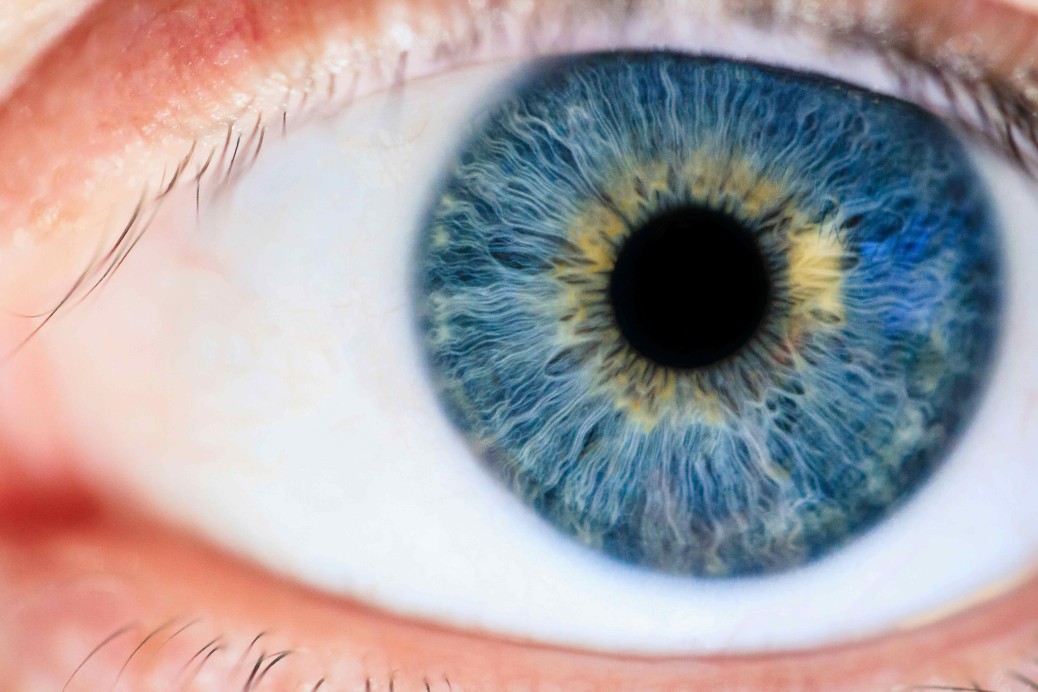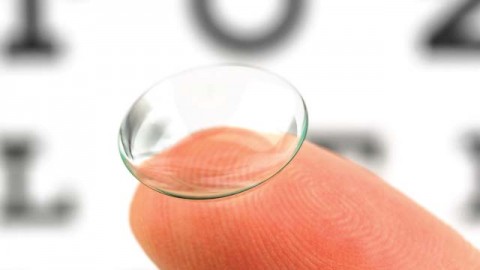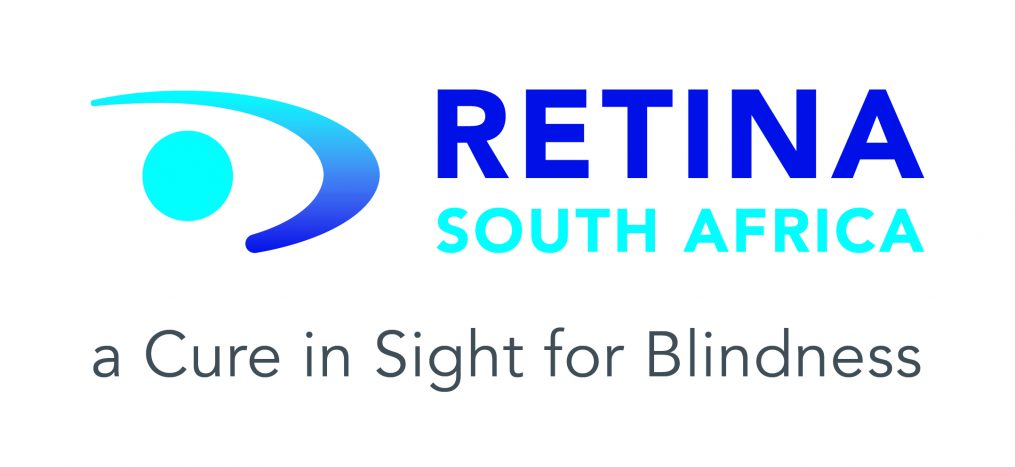

As the number of South Africans diagnosed with diabetes continues to increase, coupled with an ageing population, the incidence of vision loss from retinal disease, especially diabetic eye complications and age-related visual conditions, is growing1.
Retinal diseases can affect any part of the retina, a thin layer of tissue on the inside back wall of the eye. The retina contains millions of light-sensitive cells, called rods and cones, and other nerve cells that receive and organise visual information, sending information to the brain through the optic nerve which enables sight2.
According to Karen Denton, Education and Advocacy Head at Retina South Africa, two of the most common retinal diseases affecting South Africans include age-related macular degeneration (AMD) and Diabetic Retinopathy.
Increased awareness about retinal diseases is vital. Early diagnosis and treatment are able to slow down or stop the disease, preserving a person’s vision. When left untreated, some retinal diseases can cause severe vision loss or blindness2.
Bayer, a leader in ophthalmology, reports that retinal disease represents a major global health burden, especially as the world population ages and grows. It is estimated that at least one billion people live with vision impairment today that could be prevented or treated.3. Retina South Africa has partnered Bayer locally, to drive awareness about retinal diseases, raise the profile of Retina South Africa, and the activities done in bridging care gaps for those living with diabetic and age-related macular conditions.
“Studies consistently show that many people are not familiar with the symptoms or risks associated with conditions like age-related macular degeneration (AMD) and diabetic retinopathy, especially among
high-risk groups . There is a need for increased public education campaigns about eye health,” says Gcinashe Nqabeni, Policy and Patient Advocacy Manager at Bayer, Sub-Saharan Africa.
Karen Denton adds that many South Africans living with retinal conditions face significant challenges. “A key issue is the lack of knowledge about their condition, resulting in many uncertain about when, how, and where to seek appropriate care. There is also a shortage of eye specialists, which limits access to proper diagnosis and treatment. Currently, too many patients having minimal access and referrals to crucial support services, such as orientation, mobility training, occupational therapy, physiotherapy, exercise physiology, and psychological support. These barriers prevent individuals from receiving comprehensive care, increasing the difficulty to manage these conditions effectively.”
The collaboration between Retina South Africa and Bayer adopts a multi-faceted approach aimed at advancing crucial aspects of eye care. This includes prevention, early detection, proper referrals, treatment, and working to ensure that these services are accessible to all. The strategy includes simultaneously targets both eye care professionals and individuals affected by or at risk for AMD and diabetic retinopathy. This includes delivering both live and virtual interactive workshops that keep participants engaged, through organized meetings and conferences, and utilising all available platforms to increase education and awareness. The initiative also involves engagement of health care funders to emphasize the risks of retaining essential treatments for these conditions.
More about the two leading retinal diseases affecting South Africans:
Age-Related Macular Degeneration
In 2020, about 200 million people were affected by AMD globally. By the year 2040, around 288 million people are estimated to be affected by the disease. The disorder accounts for nearly 9% of all cases of blindness worldwide4.
The macula, a small area in the centre of the retina, is responsible for sharp, central vision and is most vulnerable to damage from light exposure. AMD damages the deeper layers of the macula and
blood vessels around it, leading to a loss of central vision4. There are two types of AMD – dry macular degeneration, which accounts for up to 80% of cases5, and wet macular degeneration.
While rare, Wet AMD can cause significant vision loss and occurs when abnormal blood vessels grow under the retina leading to the creation of a large blind spot in the centre of the visual field5.
Diabetic Retinopathy
Diabetic retinopathy, a complication of diabetes that harms the blood vessels in the retina, is one of the leading causes of vision loss worldwide. In South Africa, the number of people with diabetes has
significantly increased from 1.3 million in 2010 to 4.5 million in 2019, and is expected to reach 6 million by 2030, which would account for 10% of the projected population1.
In the early stages of diabetic retinopathy, there may be no noticeable symptoms, but as the condition advances, individuals may begin to experience a variety of visual disturbances. These can
include spots or dark strings floating in the field of vision, blurred or fluctuating vision, along with dark or empty areas in the visual field. In more severe cases, vision loss can happen, significantly impacting daily activities6.
Anyone with type 1, type 2, or gestational diabetes can develop diabetic retinopathy. Over time, more than half of people with diabetes will develop diabetic retinopathy. Fortunately, the risk of developing diabetic retinopathy can be reduced by better managing diabetes7.
“While there is a hereditary factor in most conditions, including AMD and diabetic retinopathy, lifestyle plays a large role in these conditions and can exacerbate the situation. Research indicates that the early onset of AMD, increased numbers of people with diabetes, and the increased risk of diabetic retinopathy, can be attributed largely to lifestyle factors such as diet, lack of exercise, stress, and more,” says Karen. This adds to the urgency of increasing awareness about how to prevent conditions that cause vision loss.
About Retina South Africa
Retina South Africa was established in 1980 with the aim of providing a much-needed support group for individuals living with retinal conditions. The organisation was founded to address the lack of resources and assistance available to patients, while also working to increase access to genetic testing for retinal diseases, which was, at the time, extremely limited. Retina South Africa’s vision is to ensure that all South Africans with retinal conditions have access to appropriate treatments.
The organisation is guided by the mission to:
- Empower people with low vision to be productive members of society through information-sharing, training, and counselling,
- Support research into retinal conditions and to ensure that this benefits all South Africans and
- Position Retina South Africa, to raise awareness and fundraising to support this work.

Caption: Manny Moodley (CEO) , Victoria Musimbo, Lizzy Rankapole, Lindiwe Maredi, Claudette Medefindt, Karen Denton at OSSA 2025.
References:
- https://medpharm.co.za/home-featured/south-africans-at-increasing-risk-of-vision-loss/
- https://www.mayoclinic.org/diseases-conditions/retinal-diseases/symptoms-causes/syc-20355825
- https://www.bayer.com/en/pharma/eye-conditions
- https://pmc.ncbi.nlm.nih.gov/articles/PMC10300666/#
- https://www.hopkinsmedicine.org/health/conditions-and-diseases/agerelated-macular-degeneration-amd
- https://www.mayoclinic.org/diseases-conditions/diabetic-retinopathy/symptoms-causes/syc-20371611
- https://www.nei.nih.gov/learn-about-eye-health/eye-conditions-and-diseases/diabetic-retinopathy









